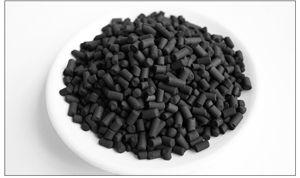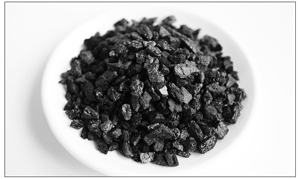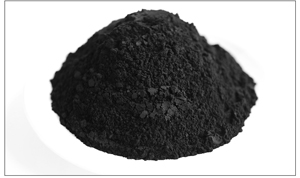Understanding the Varied Classifications of Coal-Based Activated Carbon
Activated carbon derived from coal stands as a versatile solution across various industries due to its diverse classifications, each tailored for specific applications. Understanding the nuances of these classifications is crucial for effective utilization in diverse settings.
Type A: Coal-Based Columnar Activated Carbon
This form of activated carbon finds extensive use in an array of industries, serving as a stalwart in applications such as solvent recovery, industrial waste gas purification, and even home air purification. Its adaptability spans across power plant water treatment, electronic factory water treatment, and various chemical and food processing water treatments. Additionally, its efficacy extends to biological carriers in sewage plants, garbage dumps, mariculture, and more. The versatility of columnar activated carbon also encompasses roles in pure water manufacturing, sewage treatment, and factory air purification.

Type B: Coal Crushed Granular Activated Carbon
Primarily employed in power plant raw water purification, this granular variant of coal-based activated carbon is a powerhouse in treating chemical wastewater and handling chloride treatment in power plant boilers. Its effectiveness goes beyond industrial applications, offering soil improvement solutions, notably in settings like golf courses and other relevant projects.

Type C: Coal-Based Powdered Activated Carbon
Specially formulated for tap water purification, powdered activated carbon derived from coal is engineered to absorb organic matter, residual chlorine, and odors in raw water. Its applications extend to reducing turbidity, enhancing taste, and ensuring compliance with drinking water standards. Moreover, its efficiency in sewage treatment processes makes it a valuable asset in the treatment of wastewater.
Understanding the unique characteristics and applications of each type of coal-based activated carbon is pivotal in optimizing its utility across diverse sectors. Whether it’s enhancing water quality, addressing industrial emissions, or improving soil conditions, the versatility of coal-based activated carbon ensures a broad spectrum of applications.

